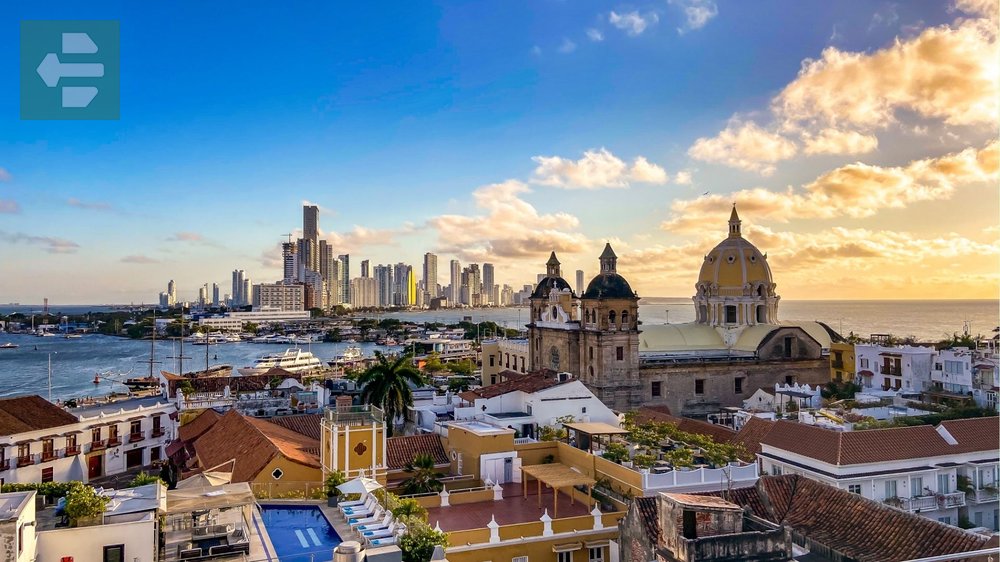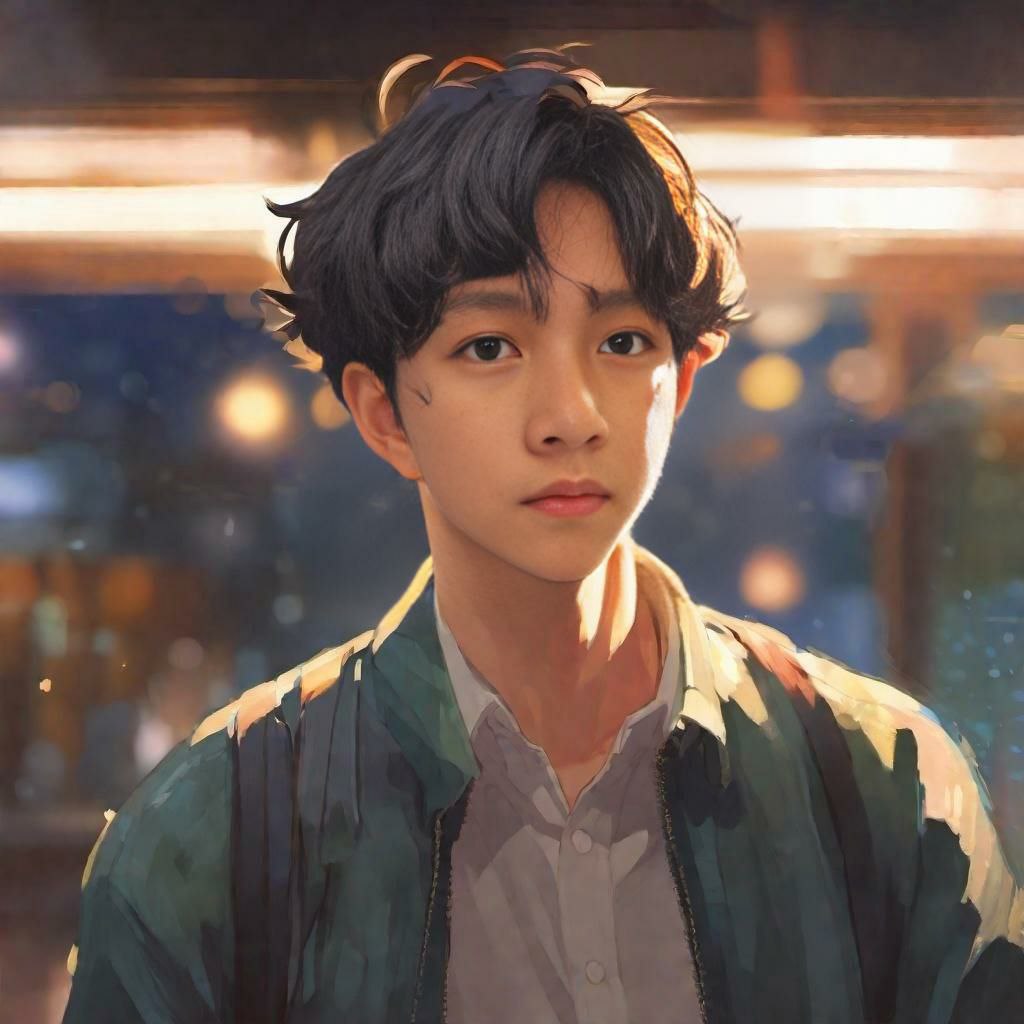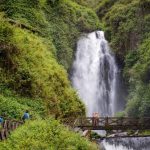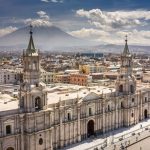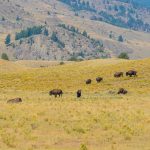South America offers unparalleled diversity, from ancient Incan ruins at Machu Picchu to the otherworldly salt flats of Salar de Uyuni. Standout destinations include the thundering Iguazu Falls, the pristine Galapagos Islands, and the vibrant colonial streets of Cartagena.
Keep reading as we explore the best places to travel South America that will transform your understanding of this magnificent continent.
List of Contents
- 1. Machu Picchu (Peru): The Lost City That Never Was
- 2. Sacred Valley (Peru): Where Time Moves Differently
- 3. Cusco (Peru): The Naval of the World
- 4. Salar de Uyuni (Bolivia): Mirror of the Sky
- 5. Iguazu Falls (Argentina): Thunder You Feel in Your Chest
- 6. Perito Moreno Glacier (Argentina): Ice That Moves
- 7. Torres del Paine National Park (Chile): Patagonia's Crown Jewel
- 8. Galapagos Islands (Ecuador): Evolution in Real Time
- 9. Amazon Rainforest (Brazil): The Earth's Lungs
- 10. Lima (Peru): Peru's Gastronomic Capital
- 11. Cartagena (Colombia): Caribbean Soul in Stone
- 12. Buenos Aires (Argentina): Paris of South America
- 13. Salvador (Brazil): Afro-Brazilian Heartbeat
- 14. La Paz (Bolivia): Thin Air, Thick Culture
1. Machu Picchu (Peru): The Lost City That Never Was
Machu Picchu sits 2,430 meters above sea level, shrouded in clouds that part like curtains at sunrise. The citadel was never truly lost—local Quechua people always knew its location.
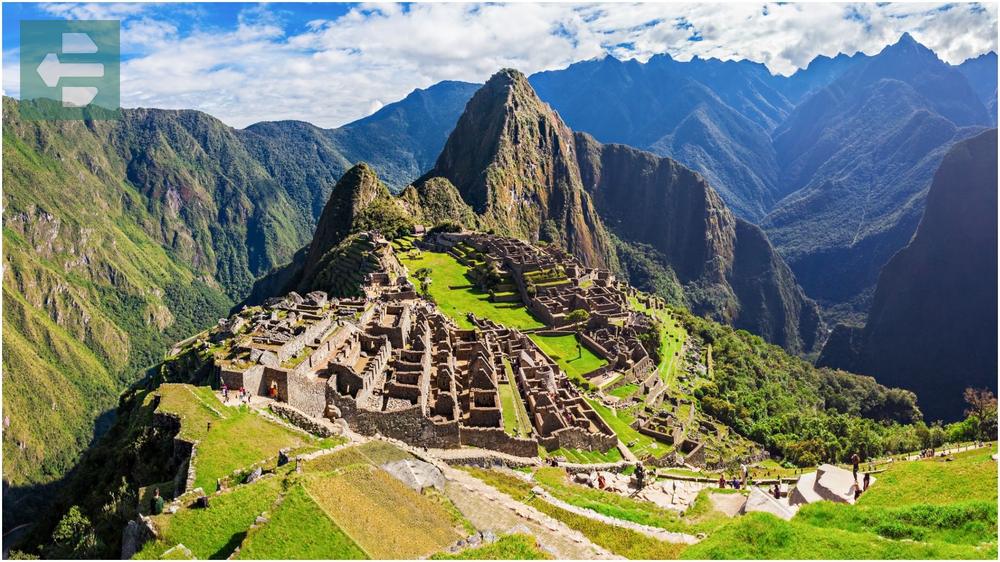
Most visitors rush through in a day, but the site deserves patience. Arrive early to watch the mist lift from the terraces, revealing the precision of Incan stonework that has endured 500 years without mortar.
The hike up Huayna Picchu rewards you with views that put the entire complex into perspective. Book this climb months in advance—only 400 people per day are allowed.
Quick Facts:
- Peak Season: May-September
- How to Get There: Train from Cusco to Aguas Calientes, then bus
- Entry Fee: From $45
- Suggested Stay: 2 days in Aguas Calientes
- Sub-locations: Huayna Picchu, Temple of the Sun, Intihuatana Stone
2. Sacred Valley (Peru): Where Time Moves Differently
The Sacred Valley stretches between Cusco and Machu Picchu, a corridor of terraced hillsides and traditional markets that operate much as they did centuries ago.
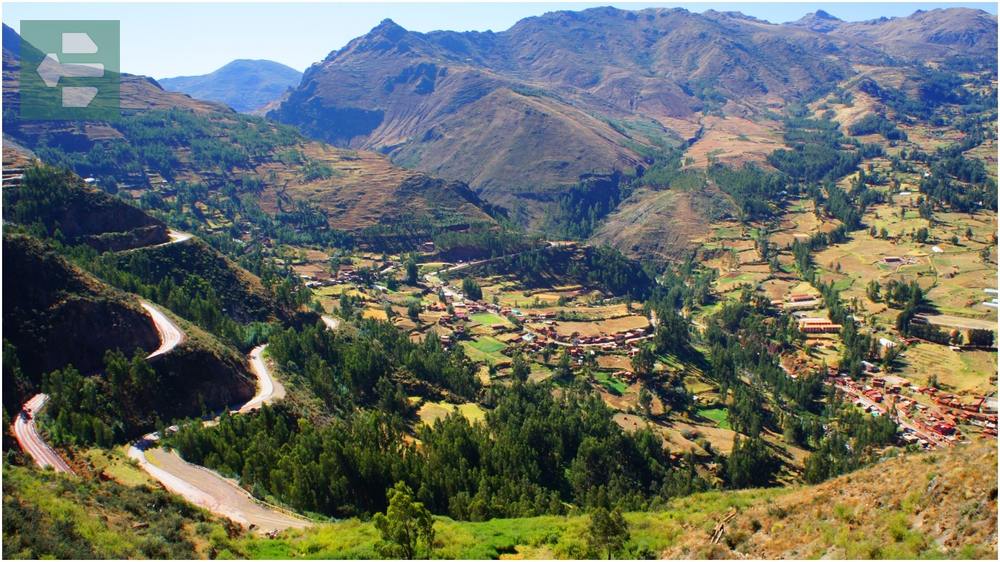
Pisac's Sunday market draws vendors from surrounding villages who speak Quechua and barter with potatoes. The colors are intense—purple corn, crimson peppers, textiles dyed with cochineal beetles.
At 2,900 meters elevation, the valley sits lower than Cusco, making it perfect for acclimatization. The air is gentler here, and you can taste it in your lungs.
Quick Facts:
- Peak Season: May-September
- How to Get There: Bus or taxi from Cusco (1 hour)
- Entry Fee: From $10 for archaeological sites
- Suggested Stay: 3-4 days
- Sub-locations: Pisac, Ollantaytambo, Chinchero, Moray
Cusco was the capital of the Tahuantinsuyu—what we call the Inca Empire. Spanish colonizers built churches on Incan foundations, creating a city where civilizations literally stack on top of each other.
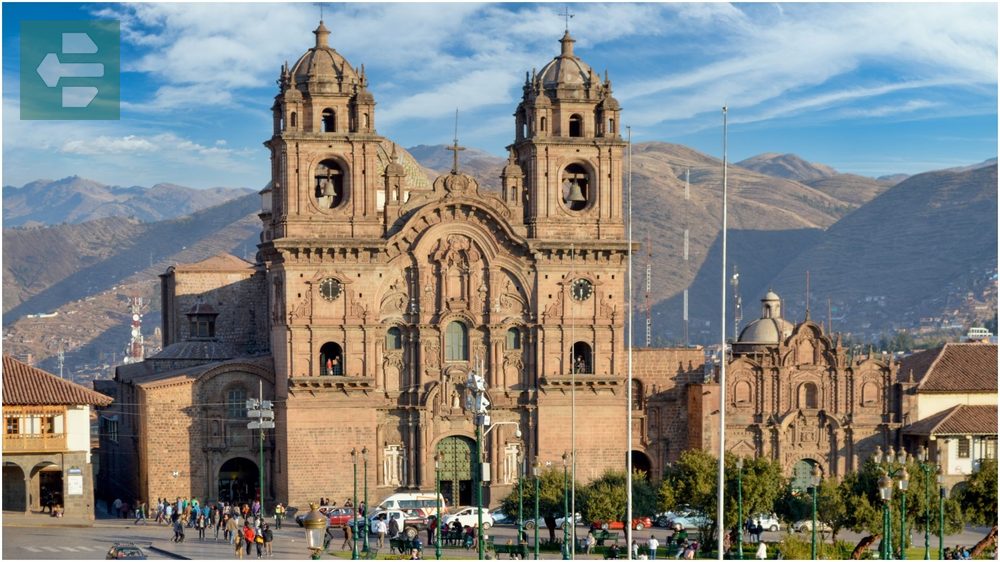
The cobblestone streets climb steeply, and at 3,400 meters elevation, every step reminds you why locals chew coca leaves. Take your first day slowly. Drink coca tea. Let your body adjust.
San Pedro Market opens before dawn with vendors selling fresh fruit juices that local workers drink standing up. Try lucuma—a fruit that tastes like maple syrup mixed with sweet potato.
Quick Facts:
- Peak Season: June-August
- How to Get There: Jorge Chávez Vilcabamba Airport (direct flights from Lima)
- Entry Fee: Free for city, $25 for tourist circuit
- Suggested Stay: 3-4 days
- Sub-locations: San Blas neighborhood, Qorikancha, Sacsayhuamán
4. Salar de Uyuni (Bolivia): Mirror of the Sky
Salar de Uyuni is the world's largest salt flat—4,000 square miles of crystallized brine that creates perfect mirror reflections during rainy season.

I arrived at sunrise during dry season expecting disappointment, but found something better: hexagonal salt patterns stretching to the horizon like nature's own honeycomb. The silence here is absolute.
Your depth perception vanishes completely. Tour guides place toy dinosaurs in the foreground for photos that make them appear massive against the endless white backdrop.
Quick Facts:
- Peak Season: April-May (mirror effect), June-October (dry polygons)
- How to Get There: Fly to Uyuni town, then 4WD tour
- Entry Fee: From $30 (tour not included)
- Suggested Stay: 2-3 days
- Sub-locations: Train Cemetery, Incahuasi Island, Flamingo Reserve
5. Iguazu Falls (Argentina): Thunder You Feel in Your Chest
Iguazu Falls spans nearly two miles of Brazilian and Argentine border, with 275 individual cascades that create a permanent rainbow when the sun hits the mist.
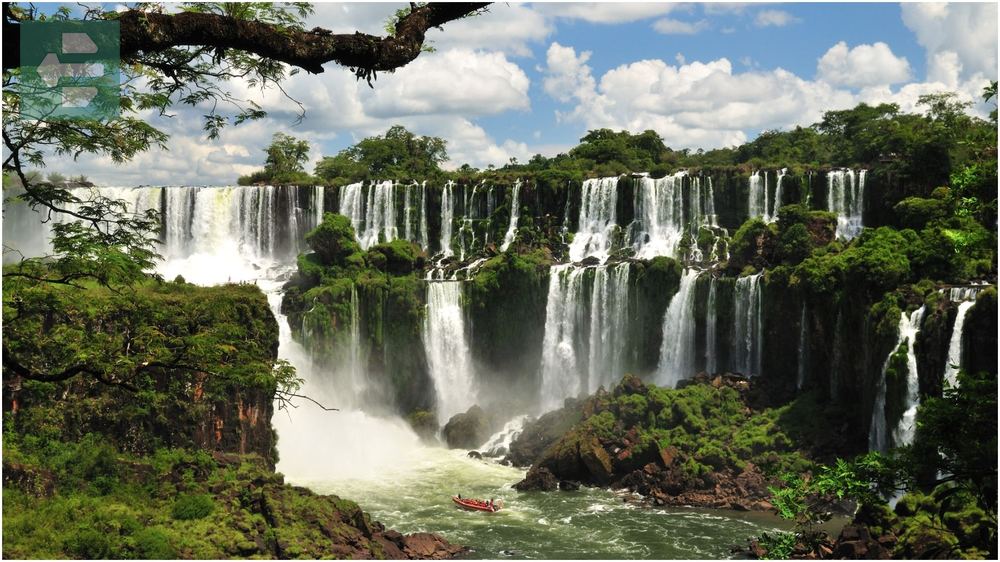
The Argentine side offers walkways that put you directly above Devil's Throat—the largest fall where 1,800 cubic meters of water plunge every second. The sound is deafening, but somehow meditative.
Stand on Garganta del Diablo platform at midday when the sun is highest. The spray will soak you completely, and you won't care.
Quick Facts:
- Peak Season: March-May, September-November
- How to Get There: Fly to Puerto Iguazu (Argentina) or Foz do Iguaçu (Brazil)
- Entry Fee: From $20
- Suggested Stay: 2-3 days
- Sub-locations: Devil's Throat, Upper Circuit, Lower Circuit, Boat Safari
6. Perito Moreno Glacier (Argentina): Ice That Moves
Perito Moreno advances rather than retreats—one of the few glaciers on Earth still growing. The ice face rises 70 meters above Lago Argentino, constantly calving with thunderclaps that echo across Patagonia.

Every few minutes, house-sized chunks crash into the turquoise water below. The glacier moves forward two meters per day, creating pressure that builds until massive sections collapse.
The best viewing point requires no hiking—wooden walkways bring you within 300 meters of the ice wall. Bring layers; the wind off the glacier cuts through everything.
Quick Facts:
- Peak Season: November-March
- How to Get There: Fly to El Calafate, then bus to national park
- Entry Fee: From $25
- Suggested Stay: 2 days
- Sub-locations: Various viewing platforms, Ice Trekking starting points, Spegazzini Glacier
7. Torres del Paine National Park (Chile): Patagonia's Crown Jewel
Three granite towers rise 2,500 meters from the Patagonian steppe, their jagged peaks catching first light in shades of gold and rose. Torres del Paine rewards those who venture beyond the postcard viewpoints.
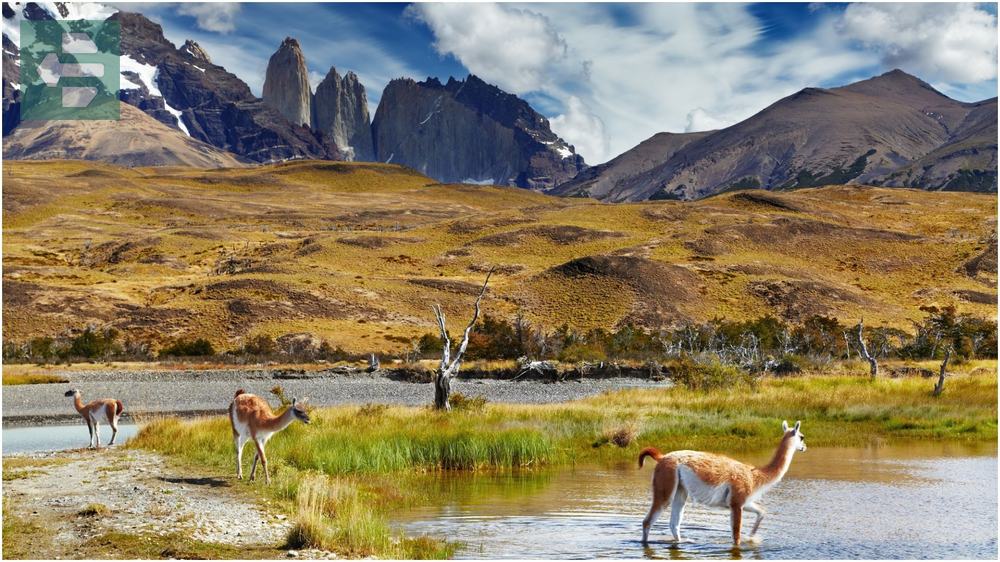
The W Trek takes four days and covers the park's greatest hits without requiring full expedition experience. Sleep in refugios and wake to views that silence conversation over morning coffee.
Patagonian weather changes by the hour—pack for all four seasons regardless of when you visit. I've experienced snow, rain, and blazing sun in a single afternoon here.
Quick Facts:
- Peak Season: December-February
- How to Get There: Fly to Punta Arenas, bus to park entrance
- Entry Fee: From $35
- Suggested Stay: 4-5 days minimum
- Sub-locations: Base Torres, Cuernos del Paine, Grey Glacier, Salto Grande
8. Galapagos Islands (Ecuador): Evolution in Real Time
The Galapagos sit 600 miles off Ecuador's coast, where animals evolved without human presence until 1535. Marine iguanas bask on black volcanic rocks while blue-footed boobies perform elaborate mating dances mere feet away.
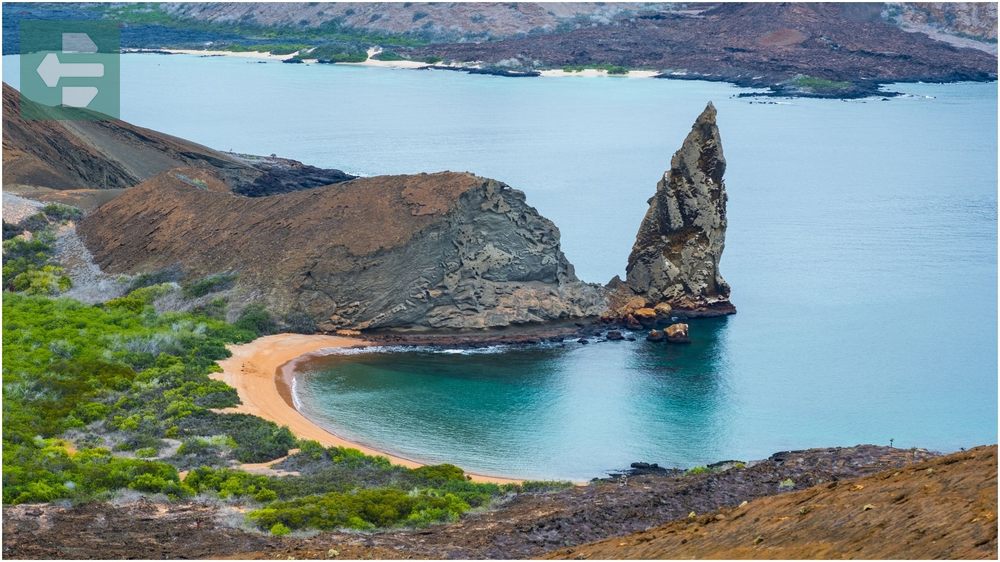
Giant tortoises lumber through highland forests, some over 150 years old. These individuals witnessed Darwin's visit in 1835, making every encounter a brush with living history.
Swimming with sea lions at Champion Islet changed my understanding of animal curiosity. They approach snorkelers like playful underwater dogs, spinning barrel rolls and maintaining eye contact.
Quick Facts:
- Peak Season: June-November (cooler, drier)
- How to Get There: Fly from Quito or Guayaquil to Baltra or San Cristóbal
- Entry Fee: From $100 park fee
- Suggested Stay: 5-8 days
- Sub-locations: Santa Cruz, Isabela, San Cristóbal, Española, North Seymour
9. Amazon Rainforest (Brazil): The Earth's Lungs
The Amazon produces 20% of our planet's oxygen while harboring species yet to be discovered. From Manaus, Brazil, riverboats penetrate deep into primary rainforest where the canopy blocks 95% of sunlight.
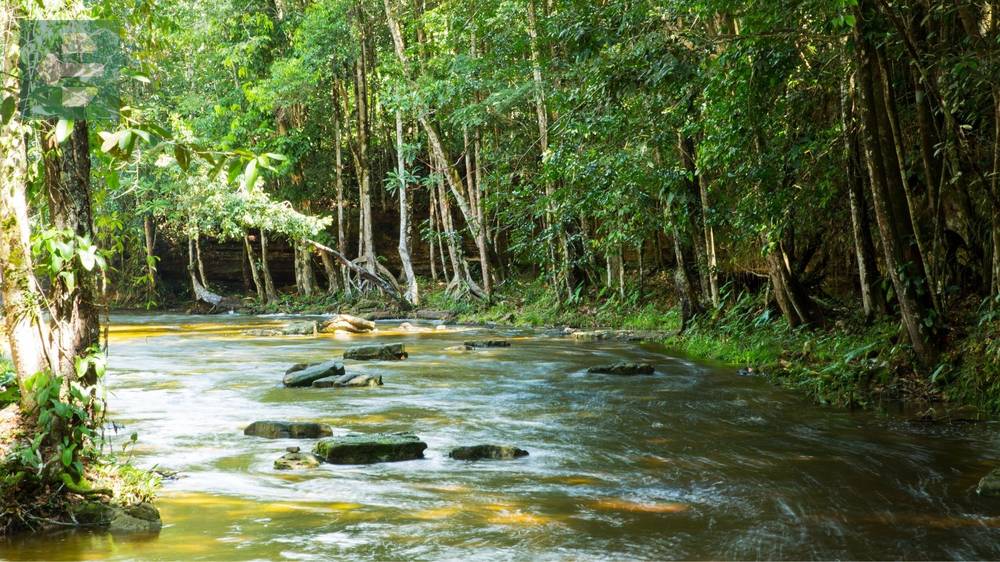
Dawn in the Amazon begins with howler monkey calls that carry for miles through humid air. By 6 AM, the forest erupts with bird songs, insect chatter, and the splash of pink dolphins surfacing in coffee-colored water.
Night sounds are even more intense. Sleep in a jungle lodge with walls that don't reach the ceiling—you'll hear every rustle, every call, every branch that snaps under unknown weight.
Quick Facts:
- Peak Season: June-November (less rain)
- How to Get There: Fly to Manaus, then boat transfer
- Entry Fee: Varies by lodge/tour
- Suggested Stay: 4-6 days minimum
- Sub-locations: Meeting of Waters, Anavilhanas Islands, Mamirauá Reserve
10. Lima (Peru): Peru's Gastronomic Capital
Lima transformed from a sleepy colonial city to South America's culinary epicenter in just two decades. The Pacific Ocean provides daily catches while Andean ingredients add complexity to dishes that now rival any global cuisine.
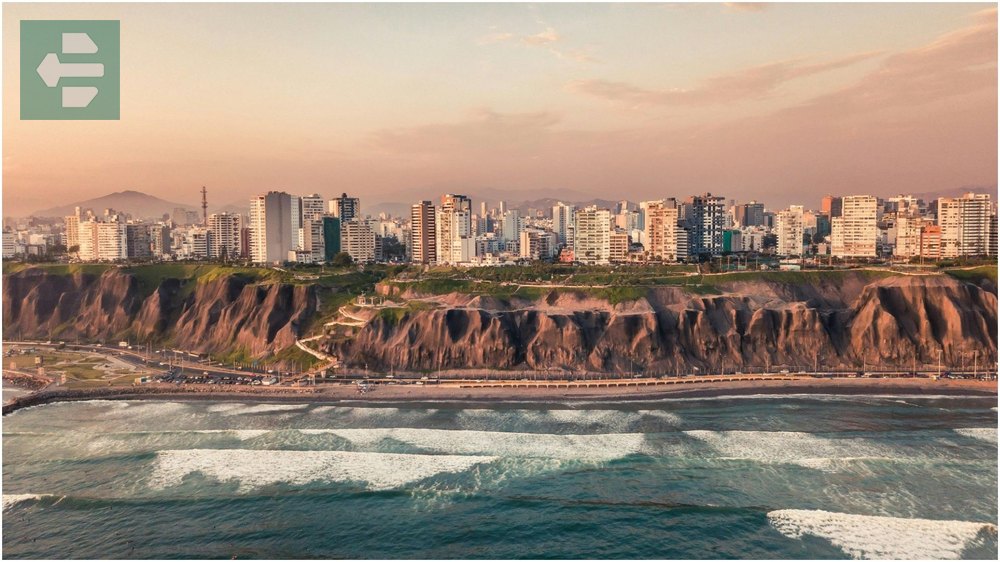
Central restaurant sits atop most “World's Best” lists, but Lima's true gems hide in working-class neighborhoods. Mercado de Surquillo opens at 4 AM with vendors selling ceviche for breakfast—exactly how locals have eaten it for centuries.
The coastal fog called garúa blankets Lima from June to September, creating a moody atmosphere that locals call “Lima gris.” Embrace it—the overcast light makes the city's colonial architecture particularly photogenic.
Quick Facts:
- Peak Season: December-April (summer, less fog)
- How to Get There: Jorge Chávez International Airport
- Entry Fee: Free
- Suggested Stay: 3-4 days
- Sub-locations: Miraflores, Barranco, Historic Center, Callao
11. Cartagena (Colombia): Caribbean Soul in Stone
Cartagena's Old City exists within 400-year-old walls that successfully repelled pirates, English admirals, and time itself. Bougainvillea drapes over colonial balconies while salsa music drifts from doorways that never seem to close.

The city's Caribbean location means heat and humidity year-round, but evening breezes off the ocean make walking the ramparts pleasant after dark. Street vendors sell fresh fruit cups topped with lime and chili—perfect fuel for exploring.
At sunset, climb to the Convento de la Popa for views across red tile roofs to the Caribbean Sea. The golden light turns everything magical, including the most ordinary street corner.
Quick Facts:
- Peak Season: December-April (dry season)
- How to Get There: Rafael Núñez International Airport
- Entry Fee: Free
- Suggested Stay: 3-4 days
- Sub-locations: Old Town, Getsemaní, Bocagrande, Rosario Islands
12. Buenos Aires (Argentina): Paris of South America
Buenos Aires operates on European time—dinner starts at 10 PM, clubs open at midnight, and Sunday lunch extends well into evening. The city's 48 neighborhoods each maintain distinct personalities shaped by waves of Italian, Spanish, and German immigration.
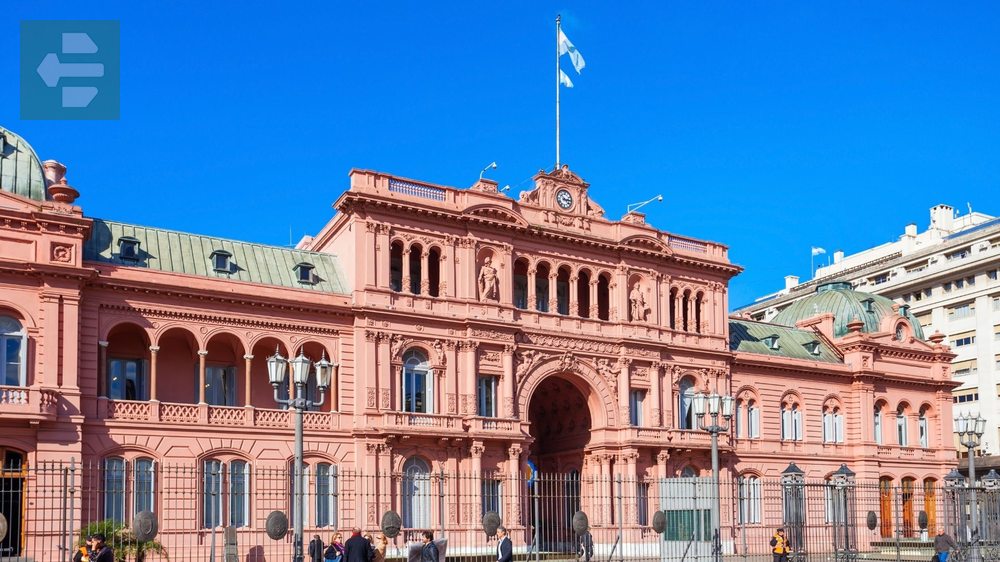
Tango originated in working-class La Boca, where couples still dance on cobblestone streets while accordionists play. Skip the tourist shows and find a milonga—neighborhood tango halls where locals gather to dance and gossip.
The best way to understand porteño (Buenos Aires local) culture is through their obsession with café conversation. Sit in Café Tortoni, order a cortado, and watch how seriously locals take the art of discussion.
Quick Facts:
- Peak Season: September-November, March-May
- How to Get There: Ezeiza International Airport
- Entry Fee: Free
- Suggested Stay: 4-5 days
- Sub-locations: San Telmo, La Boca, Palermo, Recoleta, Puerto Madero
13. Salvador (Brazil): Afro-Brazilian Heartbeat
Salvador pulses with African rhythms that arrived with enslaved peoples and evolved into capoeira, samba, and axé music. The historic center, Pelourinho, blazes with colonial buildings painted in primary colors that photographers call “impossible.”

Every evening, drums echo through cobblestone streets as groups practice for Carnival—not just the February celebration, but the year-round festival that exists in Salvador's soul. The energy is infectious and inescapable.
Local women in white dresses sell acarajé—deep-fried bean cakes stuffed with shrimp and pepper sauce—from portable stalls. This street food represents 400 years of cultural fusion in a single bite.
Quick Facts:
- Peak Season: September-March (summer)
- How to Get There: Deputado Luís Eduardo Magalhães International Airport
- Entry Fee: Free
- Suggested Stay: 3-4 days
- Sub-locations: Pelourinho, Barra, Rio Vermelho, Itapuã
14. La Paz (Bolivia): Thin Air, Thick Culture
La Paz sits at 3,500 meters elevation in a valley carved from the altiplano, making it the world's highest capital city. The thin air forces you to move slowly, which suits the indigenous Aymara pace of life perfectly.
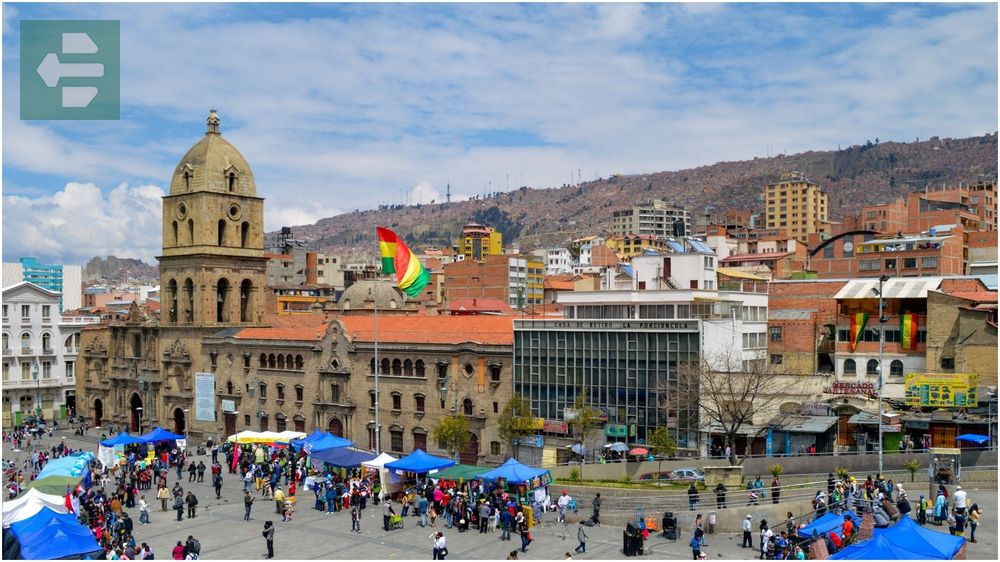
Indigenous women in bowler hats and layered skirts—called cholitas—sell everything from llama wool to cell phones in markets that sprawl across downtown streets. Their presence connects modern La Paz to pre-Columbian traditions.
The teleferico cable car system provides the most efficient transport while offering panoramic views across the city bowl. Ride different lines to understand how dramatically neighborhoods change with altitude.
Quick Facts:
- Peak Season: May-October (dry season)
- How to Get There: El Alto International Airport
- Entry Fee: Free
- Suggested Stay: 2-3 days
- Sub-locations: Witches Market, El Alto, Zona Sur, Valle de la Luna
South America rewards travelers who move beyond comfort zones and embrace the unexpected.
These fourteen destinations represent just the beginning of what this continent offers. From the ancient mysteries of Machu Picchu to the contemporary sophistication of Buenos Aires, the best places to travel South America will challenge your assumptions and expand your worldview.
Pack light but dream big. The adventure that awaits will exceed every expectation you bring.
Your South American story begins the moment you decide to write it.
